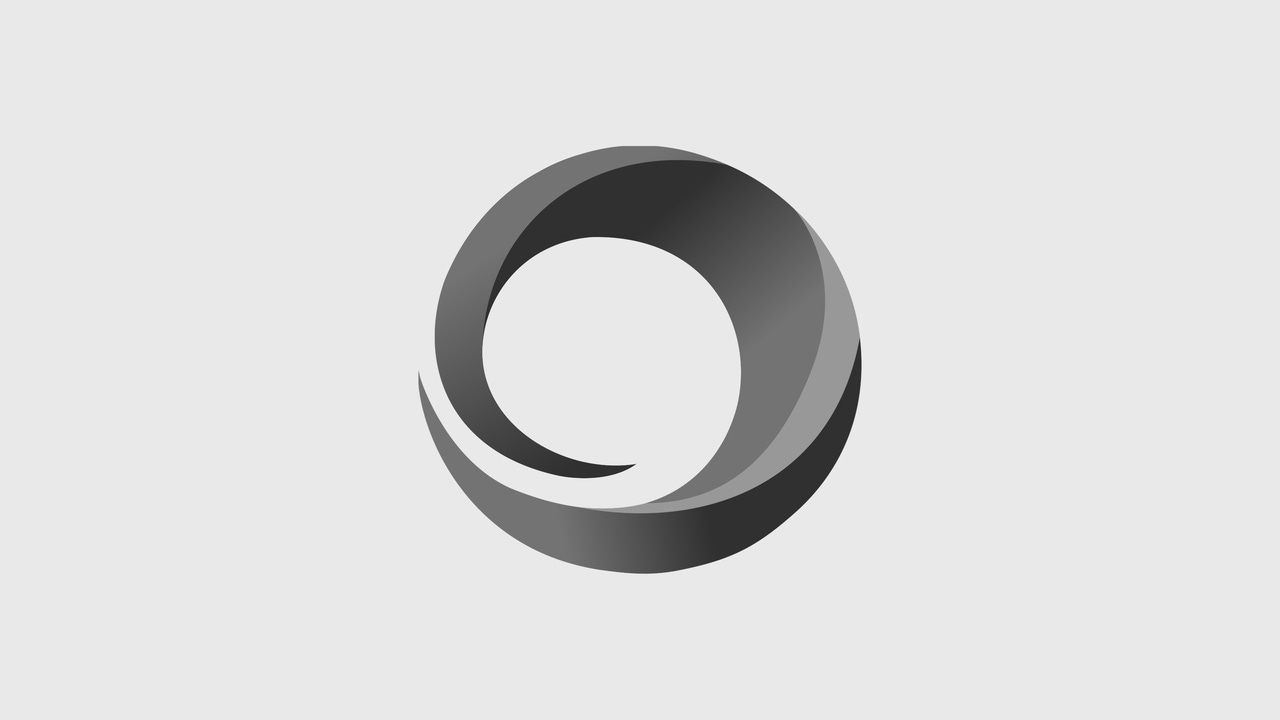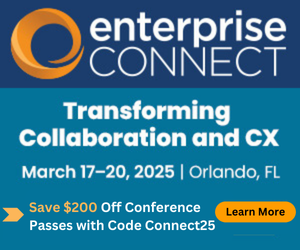Zendesk Uses Machine Learning to Improve Customer ServiceZendesk Uses Machine Learning to Improve Customer Service
Aiming for the "wow" factor, CRM company rolls out next-generation knowledge solution for improved customer experience.
May 4, 2017

Late last month I was a guest on the No Jitter On Air podcast for a conversation with No Jitter editor Beth Schultz on digital transformation. As I pointed out during the discussion, in the digital era organizations will compete on the basis of customer service. In support of this statement, here are some interesting factoids from my research:
By 2020, customer experience will overtake price and product as the top brand differentiator
67% of millennials changed brand loyalties in 2016 because of a poor experience
90% of companies use customer experience as a differentiator today
An imperative for businesses today is to deliver not just a good experience, but a differentiated, fast experience. For example, a customer may sit on hold on a support line for a few minutes, and then spend 10 more minutes with a polite agent to solve a problem. This is a typical "good experience." What if, through chat, the customer could ask the same question and get an immediate response? Or, should the customer prefer to call in, he or she would instantly receive a link leading to information that will help solve the problem? The fact is that people like things to be fast today, and fast responses are generally viewed as better than good ones that take time.
Zendesk earlier this week announced a next-generation knowledge solution, called Guide, that can help agents deliver "wow" customer service experiences. Guide, a rebrand from the offering formerly known as Help Center, focuses on actions such as "message," "support," and "connect."
Guide aggregates an organization's institutional knowledge with the aim of making customer service agents smarter and more efficient. Agents waste a significant amount of time repeating the same information over and over again as calls come in on similar questions. With Guide, an agent is able to document the resolution to a problem and then post to the company website, self-service portal, and online community.
Answer Bot
Once the information has published, a machine learning-based feature called Answer Bot can reply to customers using self-service support, the preferred choice of a majority of consumers, research shows. As Zendesk noted in its press release, Forrester data shows that 76% of customers prefer self-service to a live phone call. My research actually has that percentage at over 80% now. The actual figure, 76% or 80%, doesn't really matter as much as recognizing the trend that self-service is here, it's big, and it accomplishes two goals -- it gets the customer an answer faster and offloads unnecessary calls from a help desk or call center and allows the agents to focus on more complex issues.
Use of self-service support for password reset is a good example. No one wants to stay on a call to be walked through this process. Instead, Answer Bot could direct the person to the right information immediately. Initially Answer Bot will be available via email, but Zendesk has plans to expand it to its other channels, such as Web Form, Web Widget and Chat.
Knowledge Capture
Another Guide feature, the Knowledge Capture app, enables agents to share their collective knowledge with customers and peers. This lets every agent have the most up-to-date information all the time, reducing mistakes caused by old information that can lead to high levels of customer. Knowledge Capture also protects against having institutional knowledge walk out the door when an agent leaves.
An interesting element of the Knowledge Capture app is that customer support managers can see which agents or team members are contributing to the company knowledge base. Also, they're able to easily identify which pieces of content are being accessed the most and are providing the most value in the problem-resolution process. They say hindsight is 20/20, and Knowledge Capture gives businesses the wisdom of hindsight but in a reusable form that provides the ability to solve problems in real time.
A cloud-based service, Guide allows Zendesk to gather massive amounts of questions, answers, tickets, and context into a single database. This allows Zendesk customers to enjoy the benefits of Guide immediately and solves for the "cold start" problem. Machine learning is only as good as the data it has to mine, and amassing the amount of data to make something like Answer Bot useful for smaller companies could often take weeks or even months. Guide is a global database that all customers, no matter company size, can use immediately.
I was a bit skeptical of this at first. "Could unsupervised queries from one company be answered effectively from the knowledge of others?" I wondered. But I spoke with folks at Zendesk, and they assured me that while the issues certainly vary from vertical to vertical or even at the company level, that company has studied this challenge for years and feels that the lexicon of customer service is unique and that its bot can map responses across different industries and company sizes.
Customer service is constantly challenged with reducing agent effort while increasing the quality of experience. Historically these were diametrically opposed forces, but the machine learning-based Guide appears to solve both of these challenges.
Follow Zeus Kerravala on Twitter and Google+!![]() @zkerravala
@zkerravala Zeus Kerravala on Google+
Zeus Kerravala on Google+





